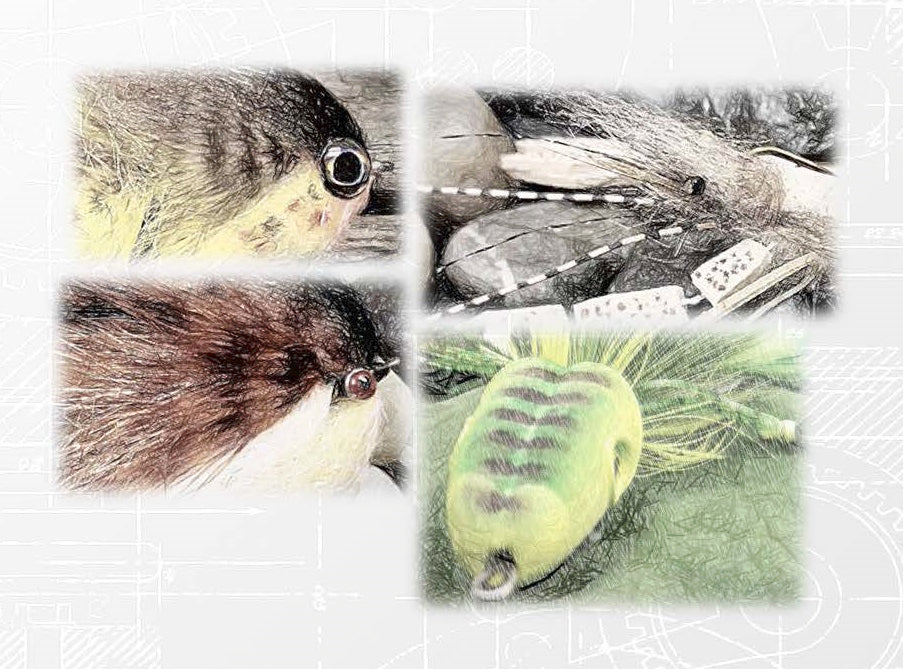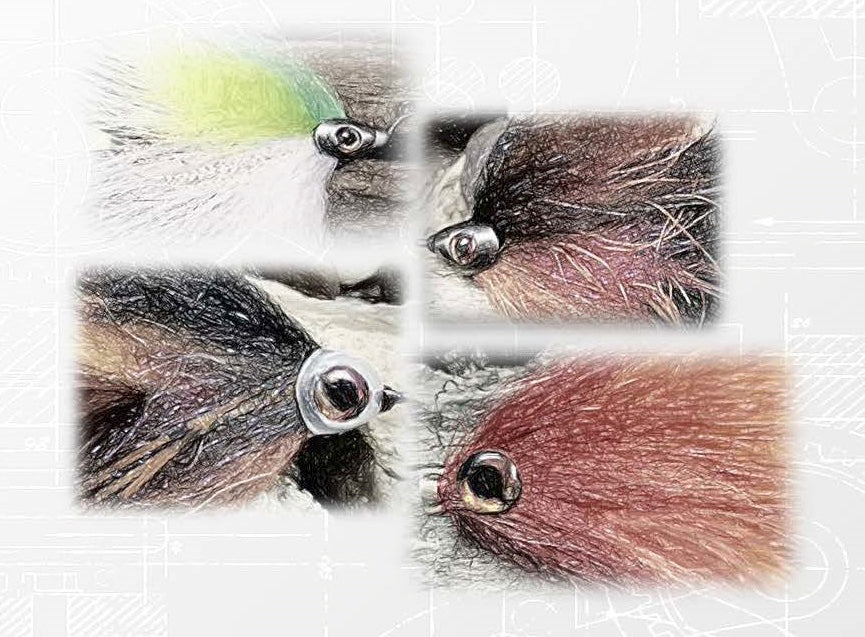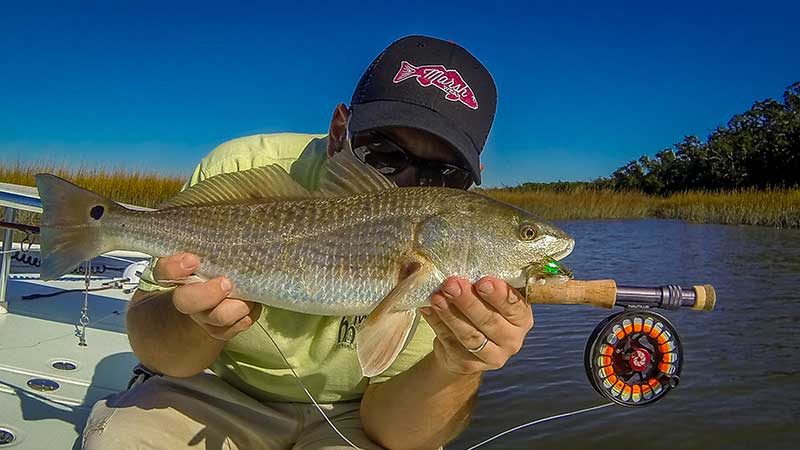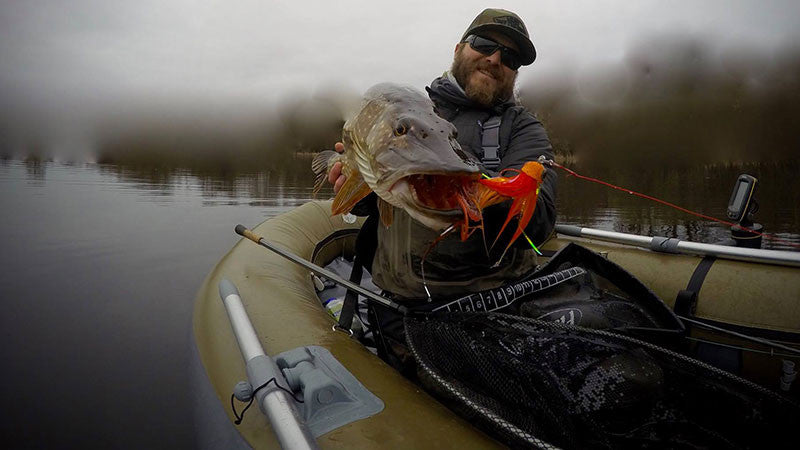Flymen Blog

The basic principle of fly tying is to come up with a fly that imitates a fish’s choice food.
This gets a bit trickier, in my opinion, when you are imitating creatures other than insects.
A mayfly’s movement will change depending on what part of its lifecycle is occurring or if wind or weather is a factor in the hatch, whereas a creature like a frog, on the other hand, will desperately move all kinds of different ways when a hungry largemouth is chasing it.

Flies that do the shimmy are all the rage right now.
A lot of this is due to all the new materials and hardware now available for fly tyers. Ranges of articulated shank systems and heaps of new synthetic materials that easily shed water are changing the way we tie flies.
Articulation used to be a term for wire and beads joining two hooks in order to do the S-curve movement in the water.
Modern innovations in fly tying materials give you the ability to step beyond purely mimicking the appearance of a prey item – you can mimic its movements as well.

I’ve been lucky enough to target redfish on the fly in North Carolina for over ten years.
Through a lot of trial and error, I’ve picked up on a few things that I’d love to pass on to you.
Throughout the South you can target redfish year-round. Each season is different, so you need to switch up your tactics to stay successful.
When most fly anglers think of summer redfish, they envision flood tides and copper tails waving in the green Spartina grass. Me too. Tailing reds are a definite favorite of mine.
Unfortunately, the reality is that you only get a handful of tailing tides that fall during daylight hours each month.
Low tides, on the other hand, are available on a daily basis and can provide for some great fly fishing opportunities.

The Esox family has evolved over thousands of years to give us a top predator to chase on the fly.
These beasts' senses are tuned to the max.
One sense that is important for pikes/muskies is the lateral line, a system of tactile sense organs located in the head and along both sides of the body, used to detect movement and vibration in the surrounding water.
They use their lateral line in conjunction with their sight to give them a more accurate picture of what’s going on – how far away their prey is, how fast it's moving, and its size.
The lateral line is often forgotten by the fly angler. We tie pretty flies, but most of them have a very small footprint in the water. I'm not saying these don’t work, but why not maximize your chances of attracting more fish or perhaps bigger fish?
So how can you make a loud fly?

Not all heroes wear capes.
This Strolis streamer pattern uses a Surface Seducer Dragon Eye and Fish-Skull Fish-Mask combo with an Articulated Shank for extra action.
It just might save the day next time you're on the water.






